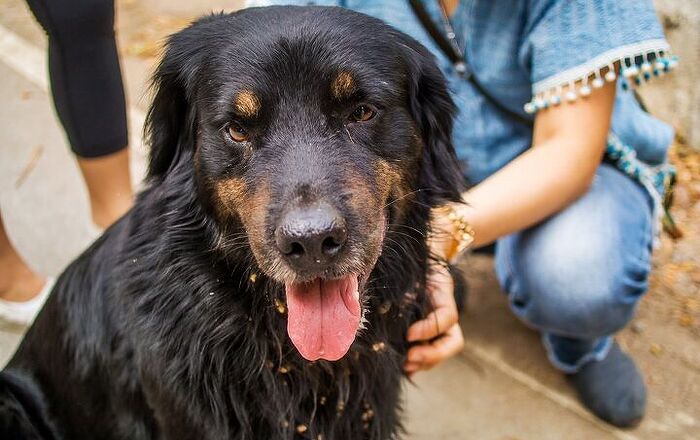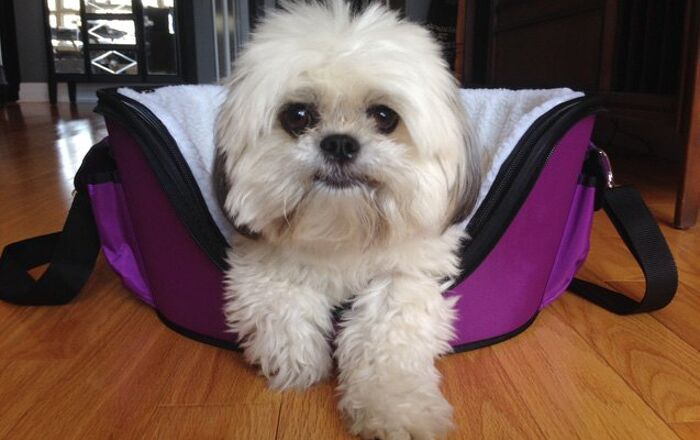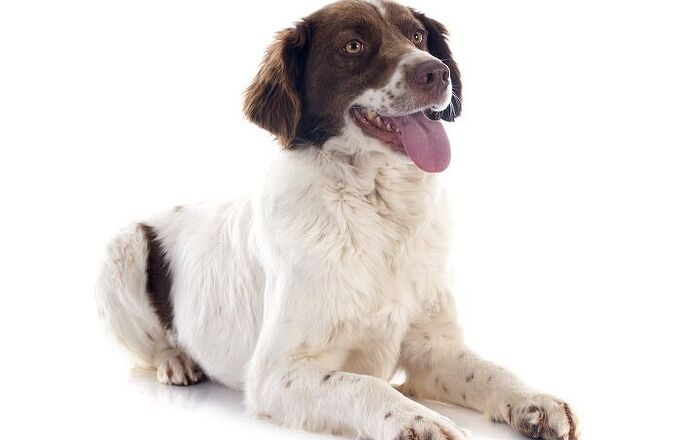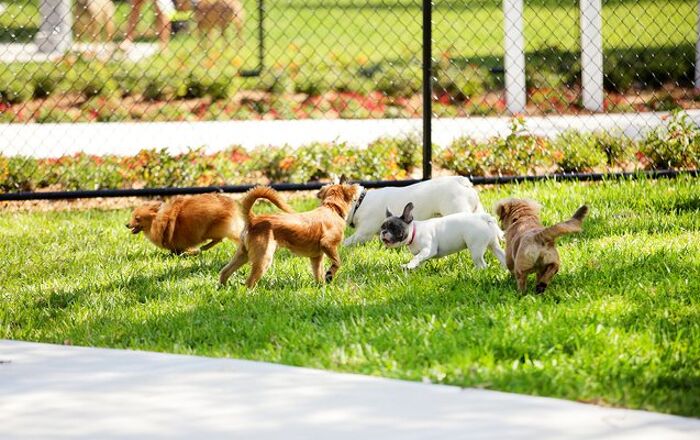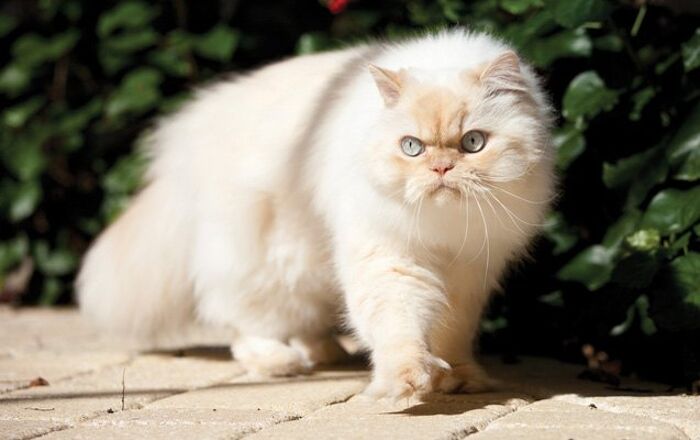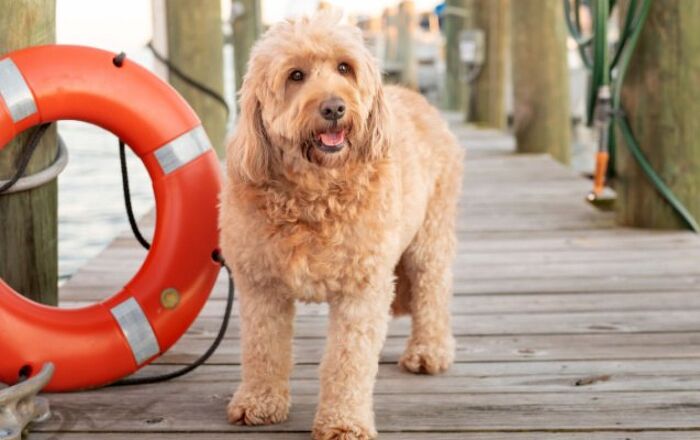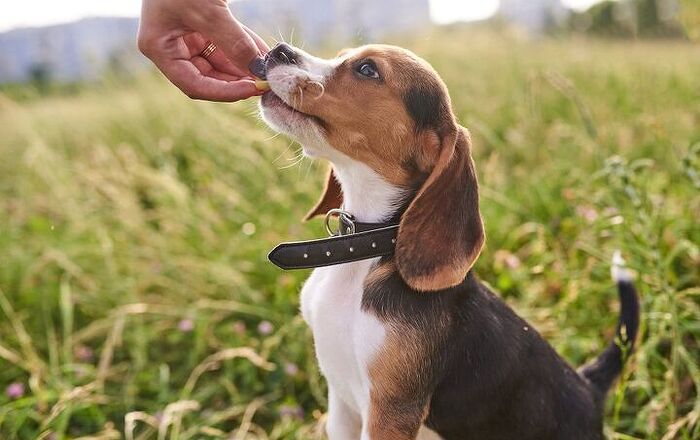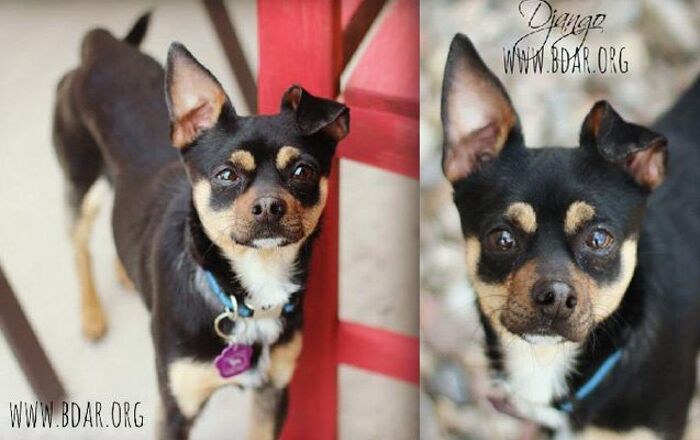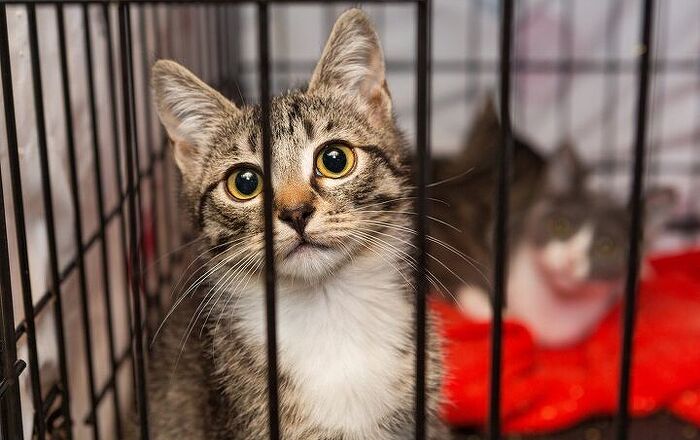
Saarloos Wolfhound Basics
When you look at the Saarloos Wolfhound, you might not suspect that it was bred from the German Shepherd. You won’t be surprised, however, to learn that this breed does have wild wolf blood in its heritage. There are several wolf-like breeds out there, but the Saarloos Wolfhound is unique in that it exhibits more natural wolf-like behaviors than other breeds.
The Saarloos Wolfhound is unique in that it exhibits more natural wolf-like behaviors, as it was developed from crossing a German Shepherd with a wolf.
Origin
The Saarloos Wolfhound was developed in 1935 by a Dutch breeder named Leendert Saarloos. Saarloos was particularly passionate about the German Shepherd breed but believed that most specimens of the breed were too domesticated – he wanted to breed some of the natural qualities back into the breed to improve its working ability. Thus, he crossed the German Shepherd with a female wolf that he got from the Rotterdam Zoo. The result was not quite what Saarloos was hoping for but subsequent crossings were more successful.
Unfortunately, Saarloos died in 1969 but others took up the task. In 1975 the Dutch Kennel Club recognized the breed and named it the Saarloos Wolfdog in honor of its creator.
Pedigree
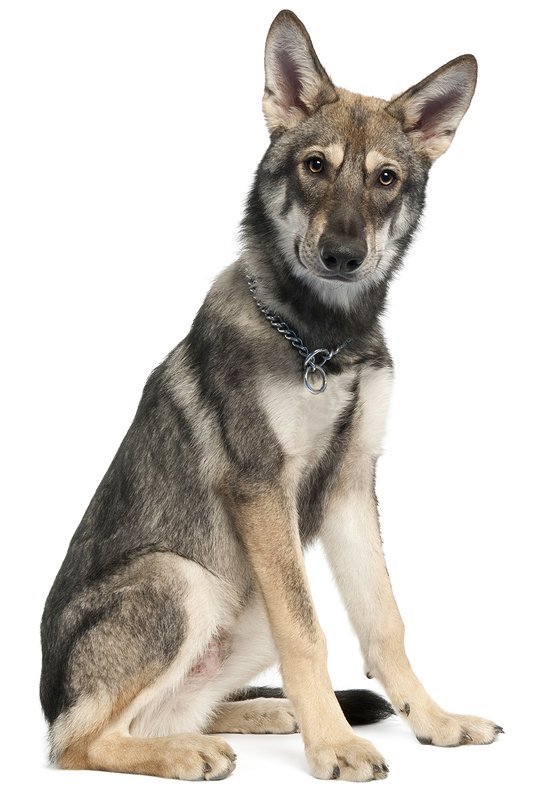
The Saarloos Wolfhound was developed from a crossing of a German Shepherd with a wild wolf.
Food/Diet
As a large-breed dog, the Saarloos Wolfhound should be fed a high-quality dry food formulated for large breeds. The Saarloos Wolfhound is also an active breed, so he may respond well to an active or working breed formula. You still need to be careful about overfeeding, however, to prevent obesity.
The Saarloos Wolfhound was developed from a crossing of a German Shepherd with a wild wolf.
Training
The Saarloos Wolfhound is a highly intelligent breed that generally responds well to training and they learn quickly. It is important, however, that you maintain a firm and consistent hand in leadership for your dog to establish firm boundaries. This breed is not aggressive by nature, but he can be somewhat dominant so you should be sure to nip problem behaviors in the bud, should they start to develop. Making sure that your dog gets plenty of mental and physical stimulation is the best way to prevent problem behaviors.
Weight
The Saarloos Wolfhound is a large dog, standing 24 to 30 inches tall and weighing anywhere from 70 to 90 pounds at maturity.
Temperament/Behavior
Although the Saarloos Wolfhound has a wild appearance, this breed is loyal and devoted to family. These dogs can be somewhat reserved at times, particularly around strangers, and they are not inclined toward confrontation or aggression. This breed is a high-maintenance breed because they are very powerful, both physically and in terms of their strong will, so they are not the best choice for inexperienced dog owners. These dogs do well when given firm boundaries – they like having a strong leader and they like knowing their place. This breed can be socialized to other dogs and pets, and early training is recommended to prevent the development of behavioral problems and dominant tendencies.
Common Health Problems
The Saarloos Wolfhound has a life expectancy between 10 and 12 years which is on par for dogs of this size. Though the Saarloos Wolfhound is generally healthy, there are some health problems to keep an eye out for. Some of these conditions include hip dysplasia, pituitary dwarfism, degenerative myelopathy, and various eye problems.
Life Expectancy
The average lifespan for the Saarloos Wolfhound is between 10 and 12 years.
Exercise Requirements
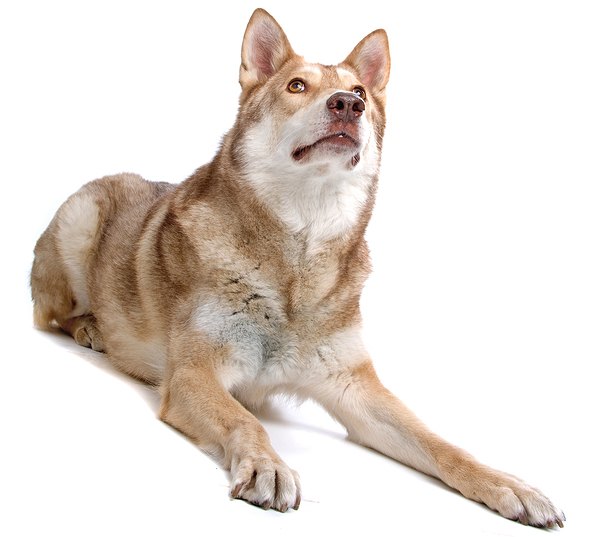
As a cross between the German Shepherd and a wild wolf, you can expect the Saarloos Wolfhound to have fairly high energy levels and high needs for exercise. This breed needs a long daily walk or a brisk jog and will also benefit from having a fenced yard in which to run. Without adequate exercise, both mental and physical, this breed is prone to developing behavioral problems.
The Saarloos Wolfhound is a highly intelligent breed that generally responds well to training.
AKC
The Saarloos Wolfhound is not currently recognized by the AKC. It is, however, recognized by the Dutch Kennel Club.
Coat
The Saarloos Wolfhound looks very similar to a wild wolf. He has a short, dense coat that comes in various shades of grey and brown, often with agouti coloring. This breed has dark eyes and a dark, solid color nose. Although this breed has a fairly short coat, it does require frequent brushing to control shedding. Bathing should be limited to avoid removing natural oils from the dog’s skin.
Puppies
The average litter size for the Saarloos Wolfhound breed is 4 to 6 puppies. Because the Saarloos Wolfhound is a fairly large breed, puppies may not reach their full size until after 12 months of age. This being the case, you should feed your puppy a large-breed puppy food until he reaches about 80% of his maximum size. At that point, switch your dog over to a large-breed adult formula or working breed formula. Feeding your puppy a large-breed formula is important to keep him from growing too quickly – excess growth can put strain on your puppy’s joints and increase his risk for musculoskeletal issues as an adult.
Photo credit: Zuzule/Bigstock; eriklam/Bigstock; Life on White/Bigstock

